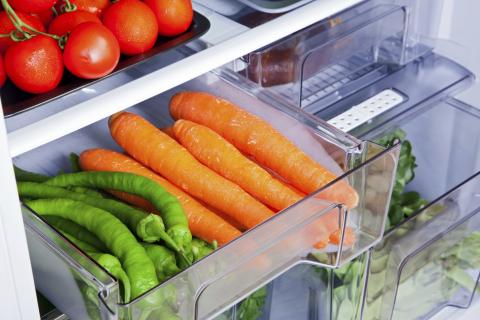Store Food Correctly to Reduce Waste and Save Money

Did you know approximately 31 percent of all edible food is wasted in the U.S.? Or that American households throw away nearly 28 percent of fruits and vegetables? When you’re buying food on a budget, food loss and food waste hurts your wallet — and makes the crisper drawer in your refrigerator a no-go zone.
You can keep good food from going bad by storing food correctly. March is National Nutrition Month, and as you start thinking about spring cleaning, try implementing these tips for keeping your food fresh and safe to eat.
“Far too often, good food goes bad before we get the chance to eat it,” says registered dietitian nutritionist and Academy of Nutrition and Dietetics spokesperson Melissa Majumdar. “Before going to the grocery store, check inside your refrigerator. Eat what you already have at home before buying more.”
Majumdar suggests freezing extra food, such as fruits or meats to extend shelf life, and wrapping freezer items in heavy freezer paper, plastic wrap, freezer bags or foil.
“To reduce waste, also date all frozen items and use the oldest food first,” Majumdar says.
Knowing how to read a date label is also key to making sure good food isn't wasted. The sell-by date on packaging lets stores know when they should stop selling a package to manage inventory; the best-if-used-by is the last date recommended for the customer's use of a product at its peak quality.
“Although it's important to try to use food you've bought, if you have any doubts about it being safe to eat, throw it away,” Majumdar says.
Check out our food safety resources for more tips from UNH Extension.
